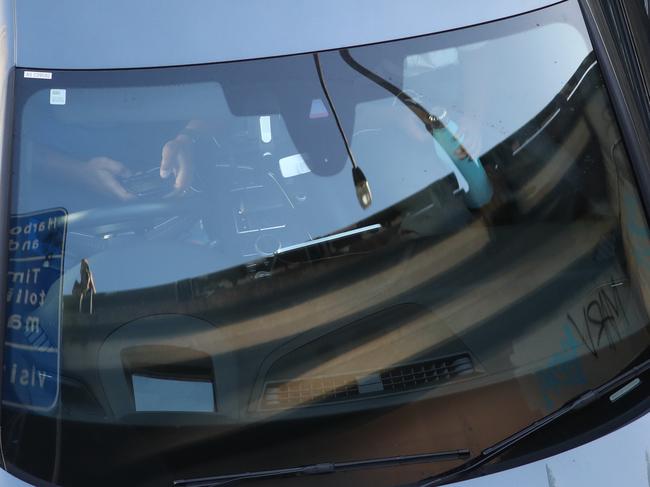Will these road safety cameras serve to educate or punish the driving public?
Automated mobile phone enforcement could prevent 95 casualty crashes a year in Victoria — but is this more of a revenue raising ploy than action to save lives?

Patrick Carlyon
Don't miss out on the headlines from Patrick Carlyon. Followed categories will be added to My News.
What a dangerous world we live in.
Here in Victoria, we are constantly reminded that getting into the car (or catching up with your mates) can double as a potentially drastic choice.
Do you remember when golf was described as a fatally risky activity?
“No trip to the golf course is worth someone’s life,” Premier Daniel Andrews explained, to justify Covid rules.

How many lives were saved by this odd measure?
“The science”, as we now know it, strongly suggests zero.
The science, as it’s applied to new mobile phone camera technology for drivers, also warrants close attention.
Research suggests that automated mobile phone enforcement could prevent 95 casualty crashes a year in Victoria.
“No text message, phone call or email is worth someone’s life,” Police Minister Lisa Neville said in 2020, to promote a trial of the technology.
The cameras seem worthwhile if they discourage drivers who, say, steer with their knees while texting.
No one will argue with penalties for such idiots.
But where will the cameras be placed in Victoria?

Will traps be set in settings which maximise revenue and don’t save lives?
Not long ago, driving to work, I was startled when a helmeted face appeared at my driver’s side window.
Crazy cyclist was the first thought.
It was City Rd. Traffic banked back forever.
The man was a police officer, on a bike, going from car to car to nab any naughty phone play at the wheel.
Presumably, police have launched many similar operations.
But how many lives are “saved” when cars are stationary, and the biggest threat to health is the impatient tooting from the car behind?

Similar questions arise when drivers are pinged for doing 43km/h on a piece of empty, straight road at 9.29am (with a car sitting on their tail), when there isn’t a child in sight and no lives need saving.
In a city of roadworks, and level crossings, many minutes are spent on Melbourne roads going nowhere.
Will cameras be used to detect drivers who look at their phones in the complete knowledge that their vehicles will not be moving any time soon?
Such technology, in the right places, will probably save lives.
They will definitely generate a lot of revenue.
The question remains.
Will these cameras serve to educate or punish the driving public?





